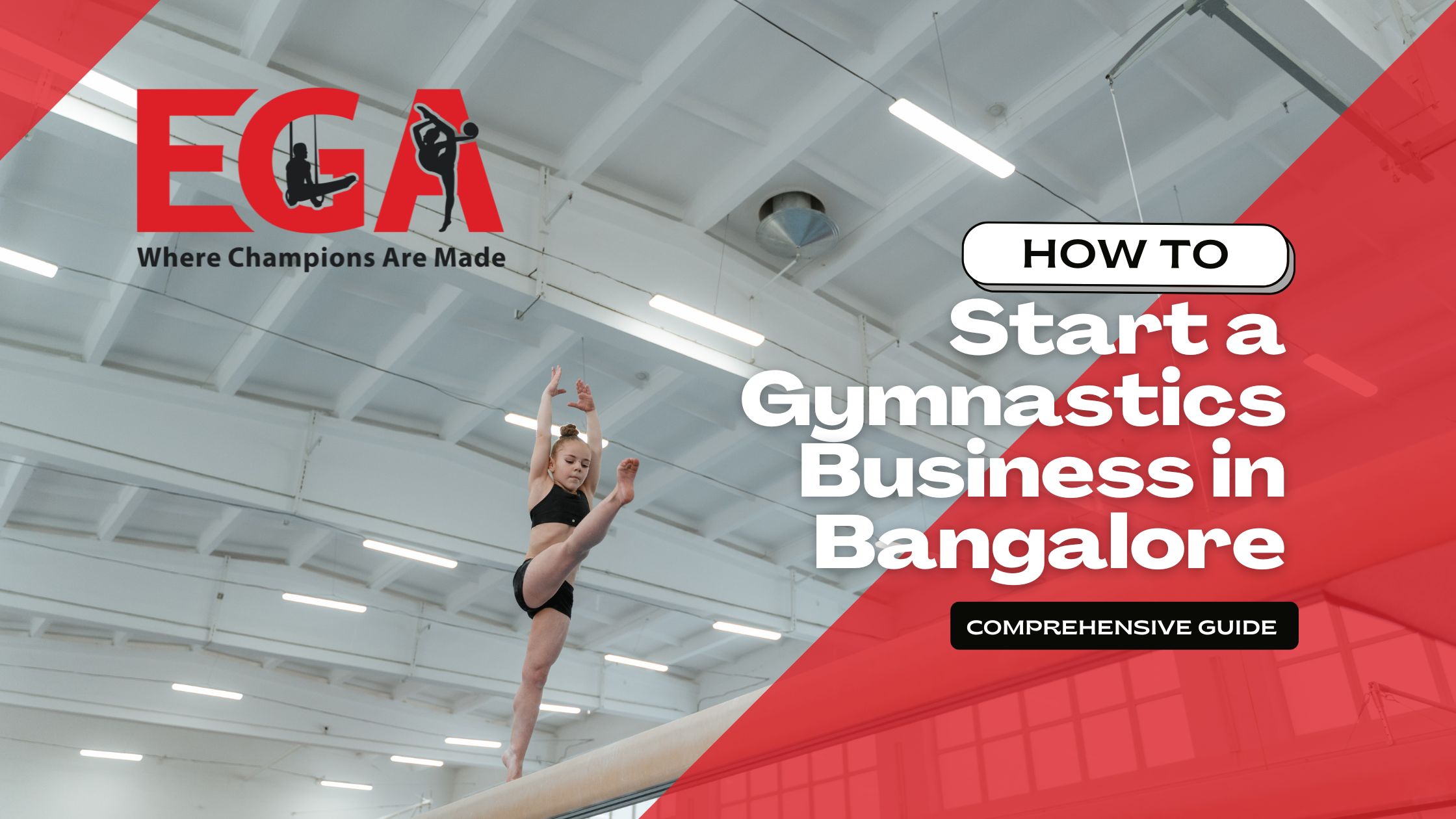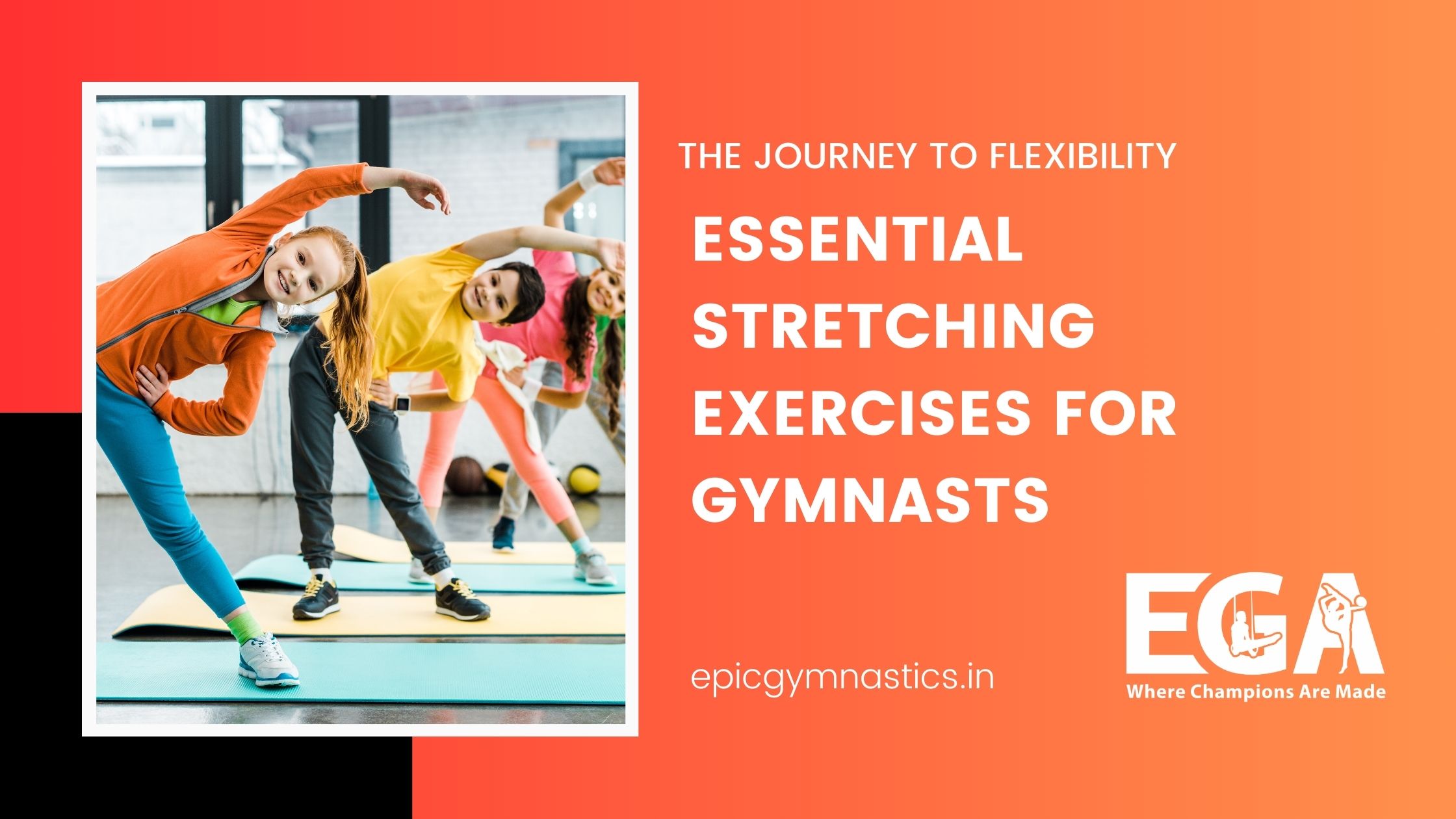
- +91 8553346300
- [email protected]
Menu

Starting a gymnastics centre in Bangalore is an exciting venture, but it requires careful planning, thorough market analysis, and strategic execution. Bangalore, a bustling metropolis with a growing interest in fitness and sports, presents a promising market for gymnastics. However, launching a successful gymnastics business involves more than just passion for the sport; it requires a deep understanding of the business landscape, the needs of your target audience, and the operational requirements for a gymnastics centre.
This guide will walk you through the essential steps and considerations for starting a gymnastics business in Bangalore, covering everything from market research and location selection to staffing, equipment, and marketing strategies.
Before diving into the logistics of setting up a gymnastics centre, it’s crucial to conduct thorough market research. Understanding the demand for gymnastics in Bangalore and analyzing the competition will help you carve out a niche and position your business effectively.
Market Demand
Competitor Analysis
Your gymnastics center’s location is critical to its success. The right location can drive customer traffic, enhance accessibility, and contribute to the overall experience of your clients.
Factors to Consider:
Once you’ve secured a location, the next step is to set up the facility. A well-equipped and spacious gymnastics centre is essential for providing a safe and effective training environment.
Space Requirements
Essential Equipment
A successful gymnastics centre relies on skilled and experienced staff. Hiring qualified coaches and support staff is crucial for delivering high-quality training and ensuring the safety of your clients.
Coaching Staff
Support Staff
Training and Development
Starting a gymnastics centre requires a significant financial investment. It’s critical to create a detailed budget that accounts for all expenses and secure sufficient funding to cover the initial setup and operational costs.
Initial Costs
Ongoing Expenses
Funding Options
Operating a gymnastics center in Bangalore necessitates complying with local regulations and obtaining the necessary licenses and permits.
Required Licenses and Permits
Legal Considerations
Effective marketing is essential for attracting and retaining customers. A well-executed marketing plan will help you build brand awareness, generate leads, and grow your business.
Branding and Identity
Promotional Tactics
Advertising
Customer Engagement
After launching your gymnastics centre, it’s important to continuously monitor and evaluate your business performance to ensure growth and sustainability.
Key Performance Indicators (KPIs)
Making Adjustments
Scaling Your Business
Starting a gymnastics business in Bangalore is a rewarding venture that offers the opportunity to make a positive impact on the community by promoting health, fitness, and the development of young athletes. However, it requires careful planning, a solid business strategy, and a commitment to excellence.
By conducting thorough market research, choosing the right location, setting up a well-equipped facility, hiring qualified staff, and implementing effective marketing strategies, you can build a successful gymnastics centre that stands out in Bangalore’s competitive fitness landscape. Remember, the key to long-term success is continuous improvement, customer satisfaction, and staying adaptable to the changing needs of the market.
Whether you’re passionate about gymnastics, dedicated to helping children achieve their full potential, or simply looking to start a new business in the fitness industry, this guide provides the foundation you need to turn your vision into reality. With hard work and perseverance, your gymnastics centre can become a thriving business that enriches the lives of countless individuals in Bangalore.

Empowerment, Perseverance, Inspiration and Confidence - Epic Gymnastics Academy is here to support your journey and reach new heights in the world of Gymnastics.

Co Founder and COO of EGA - Epic Gymnastics Academy Bangalore




Epic Gymnastics Academy fosters a love for gymnastics with expert coaching and personalized training, helping athletes of all levels reach their full potential.
“Hard days are the best because that’s when champions are made.” – Gabby Douglas.
Disclaimer: The information provided on this website is for general informational purposes only. Epic Gymnastics Academy makes no representations or warranties of any kind, express or implied, about the completeness, accuracy, reliability, suitability, or availability with respect to the website or the information, products, services, or related graphics contained on the website for any purpose. Any reliance you place on such information is therefore strictly at your own risk. In no event will we be liable for any loss or damage including without limitation, indirect or consequential loss or damage, or any loss or damage whatsoever arising from loss of data or profits arising out of, or in connection with, the use of this website.